ANIMALS
20 Animals At Risk Of Extinction That Need Our Help
Published
8 months agoon
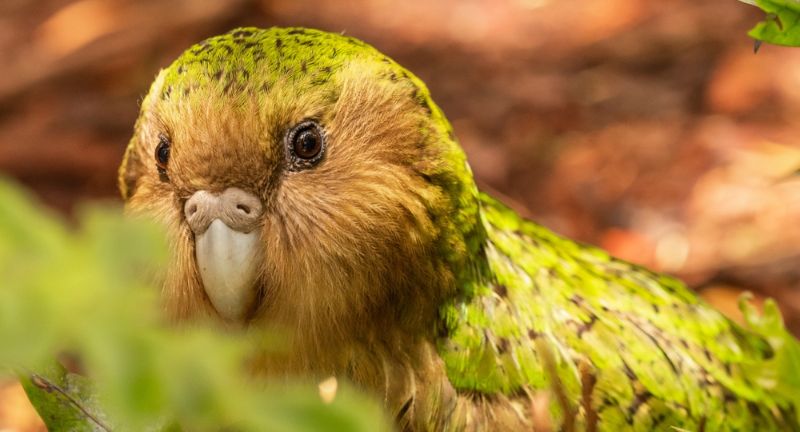
Shutterstock
The planet’s biodiversity is under unprecedented threat, with numerous species facing the risk of extinction. From majestic mammals like the Amur Leopard to marine creatures such as the Vaquita, these animals are struggling to survive against the odds. Habitat destruction, poaching, climate change, and human-wildlife conflict are some of the primary factors contributing to their decline. Conservation efforts worldwide are striving to protect these endangered species and their habitats. Here, we highlight 20 animals that are currently on the brink of extinction, emphasizing the urgent need for action to ensure their survival.
Javan Rhinoceros
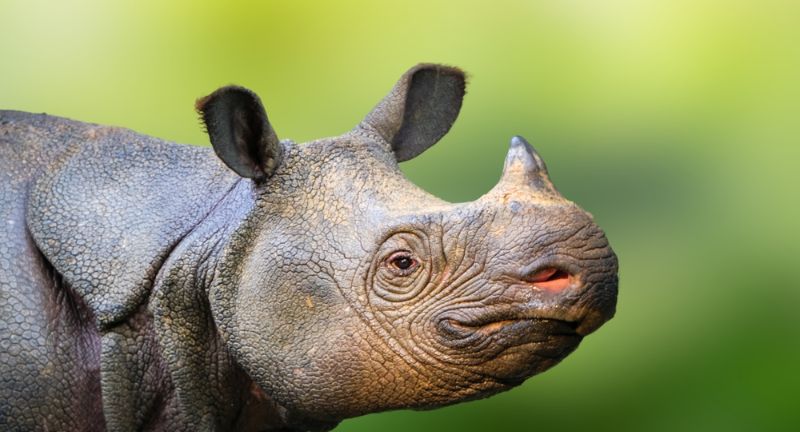
Shutterstock
The Javan Rhinoceros is critically endangered, with fewer than 70 individuals remaining in the wild. Found in Indonesia, these solitary animals inhabit dense tropical forests and grasslands. Habitat destruction and poaching for their horns have drastically reduced their population. Conservation efforts are focused on protecting their habitat and preventing poaching to ensure their survival.
Vaquita
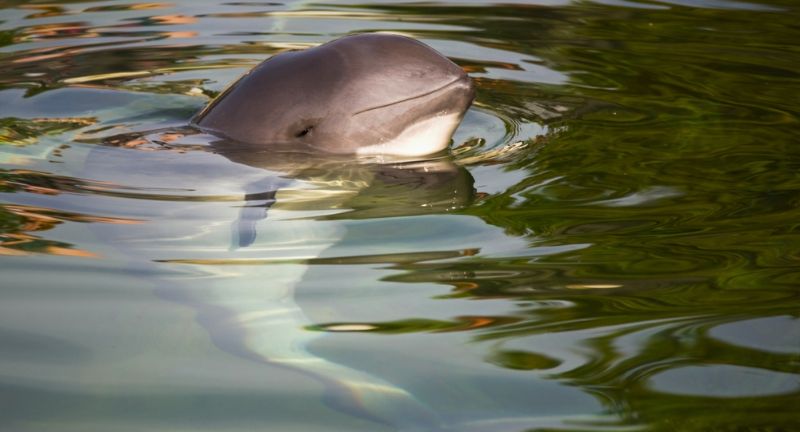
Shutterstock
The Vaquita is a small porpoise found in the northern part of the Gulf of California. With around 10 individuals left, it is the most endangered marine mammal in the world. Illegal fishing nets used to catch totoaba fish are the main threat to the Vaquita. Conservationists are working to remove these nets and enforce fishing regulations to save this species from extinction.
Mountain Gorilla
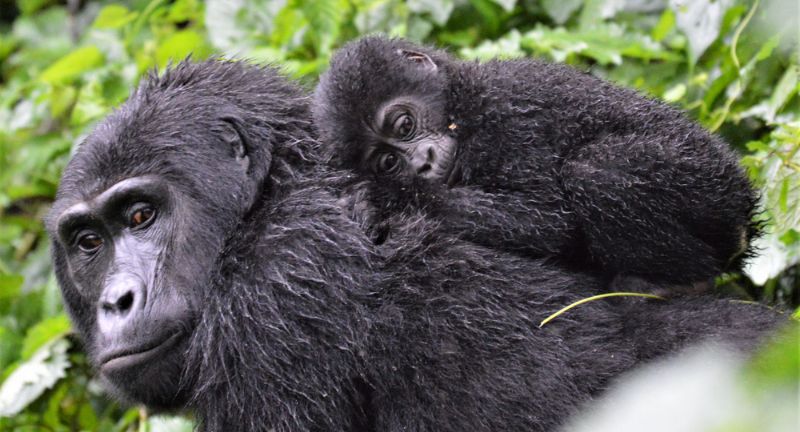
Shutterstock
Mountain Gorillas are native to the mountain forests of central Africa, with about 1,000 individuals remaining. They face threats from habitat loss, poaching, and disease. Conservation efforts, including anti-poaching patrols and community-based conservation programs, have helped stabilize their population. Continued support is needed to ensure their long-term survival in the wild.
Sumatran Orangutan
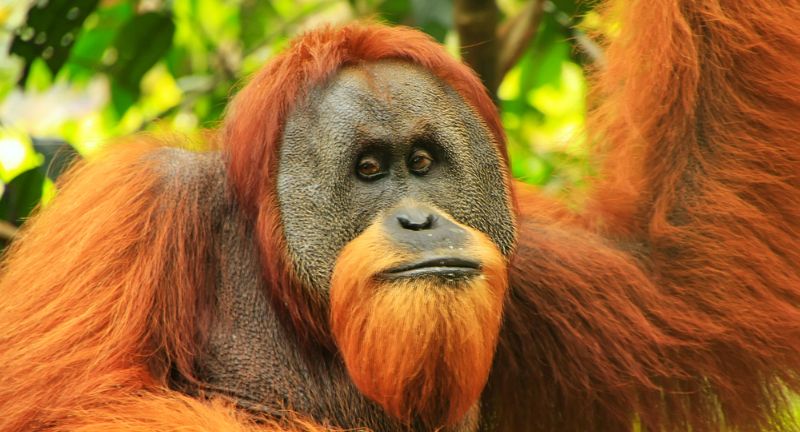 Shutterstock[/caption]
Shutterstock[/caption]Shutterstock
The Sumatran Orangutan is found in Sumatra, Indonesia, with around 14,000 individuals remaining. Deforestation for palm oil plantations and illegal logging are major threats to their habitat. These intelligent primates are also at risk from poaching for the illegal pet trade. Conservation efforts focus on habitat protection, reforestation, and anti-poaching measures to safeguard their future.
Hawksbill Turtle
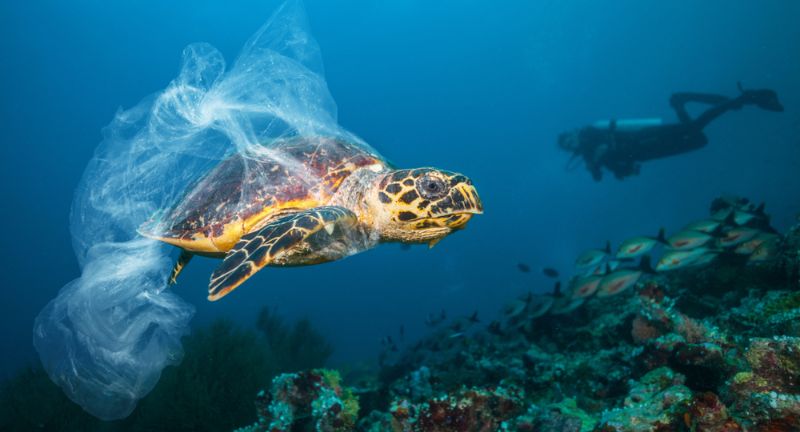
Shutterstock
The Hawksbill Turtle is found in tropical coral reefs around the world. Their population has been severely depleted due to illegal trade in their beautiful shells, known as tortoiseshell. Habitat destruction and climate change also pose significant threats to their survival. Conservation efforts include protecting nesting sites and reducing illegal trade to help their populations recover.
Amur Leopard
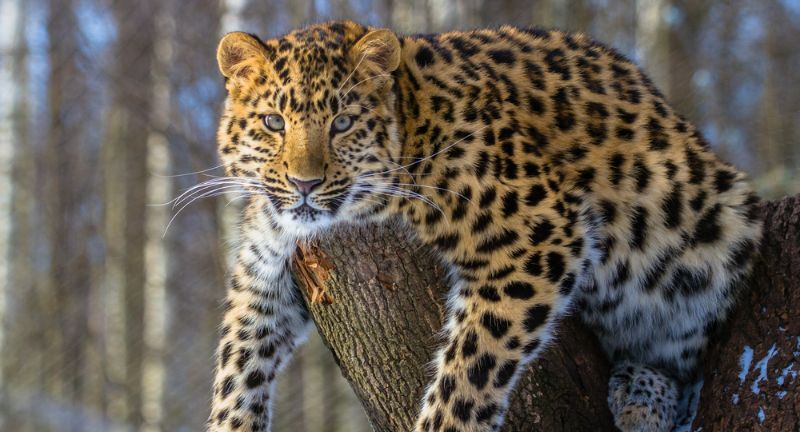
Shutterstock
The Amur Leopard is native to the Russian Far East and China, with fewer than 100 individuals left. This elusive cat faces threats from habitat loss, poaching, and prey depletion. Conservationists are working to protect their habitat and increase prey availability through reforestation and anti-poaching efforts. Increased international cooperation is crucial to ensuring their survival.
Sumatran Elephant
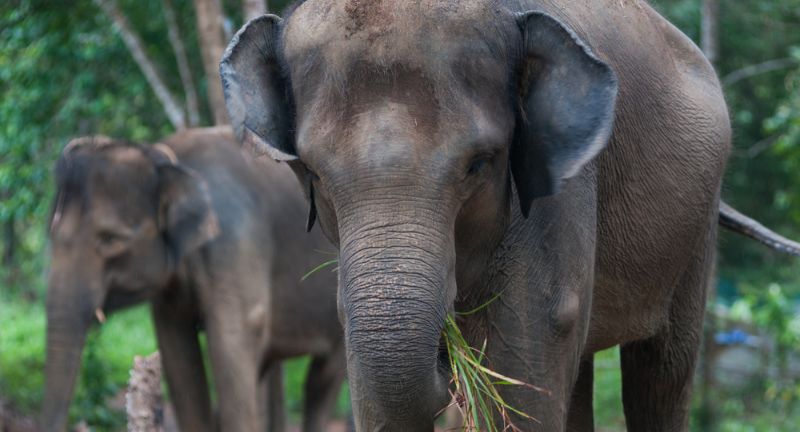
Shutterstock
The Sumatran Elephant is found in Sumatra, Indonesia, with around 2,400 individuals remaining. Habitat loss due to deforestation and human-wildlife conflict are major threats to their survival. Poaching for ivory also significantly reduces their numbers. Conservation efforts focus on habitat protection, conflict mitigation, and anti-poaching measures to help ensure their future.
Saola
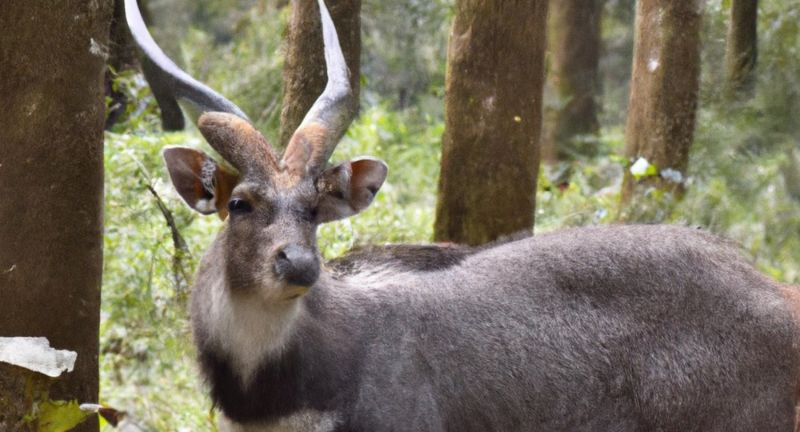
Shutterstock
The Saola, also known as the Asian Unicorn, is a mysterious and rarely seen mammal found in the Annamite Range of Laos and Vietnam. Its population size is unknown, but it is critically endangered. The primary threats to the Saola are habitat loss and poaching. Conservationists are working to protect their habitat and reduce hunting pressures to save this enigmatic species.
South China Tiger
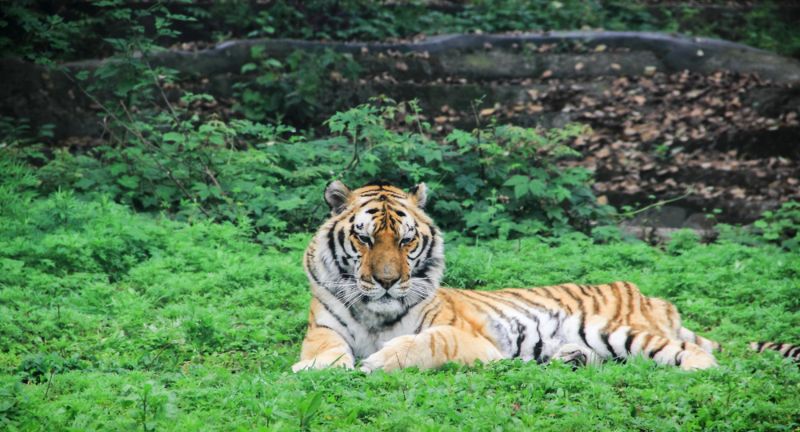
Shutterstock
The South China Tiger is functionally extinct in the wild, with no confirmed sightings in recent years. It was once found in the forests of southern China, but habitat destruction and poaching have decimated its population. Captive breeding programs aim to reintroduce these tigers into protected areas. Continued efforts are needed to restore their habitat and ensure their survival.
Cross River Gorilla
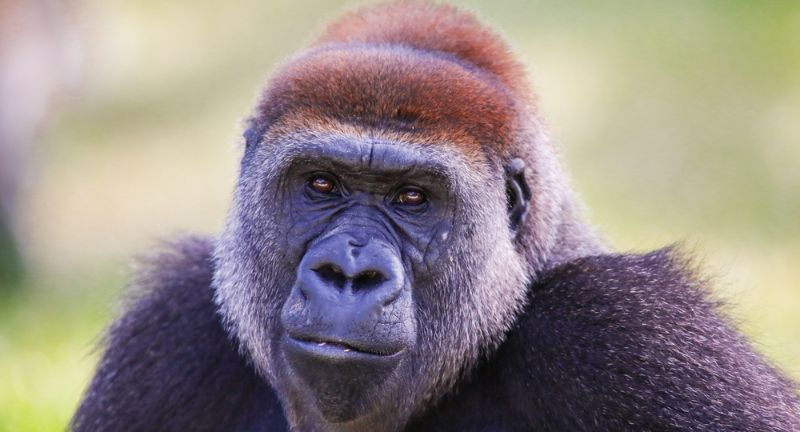
Shutterstock
The Cross River Gorilla is found on the border of Nigeria and Cameroon, with around 300 individuals remaining. Habitat loss, poaching, and human encroachment are major threats to their survival. Conservation efforts focus on protecting their habitat and reducing human-wildlife conflict. Increased international cooperation is crucial to ensure the long-term survival of this critically endangered species.
Bornean Orangutan
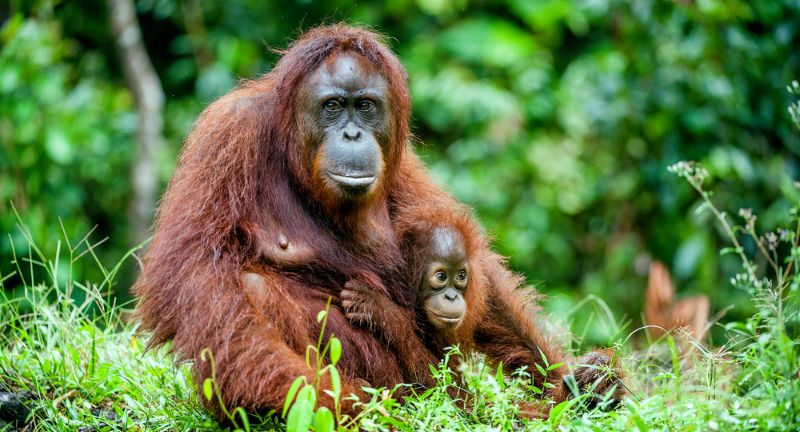
Shutterstock
The Bornean Orangutan is found in Borneo, with around 104,700 individuals remaining. Deforestation for palm oil plantations and illegal logging are significant threats to their habitat. These intelligent primates are also at risk from poaching for the illegal pet trade. Conservation efforts include habitat protection, reforestation, and anti-poaching measures to safeguard their future.
Malayan Tiger
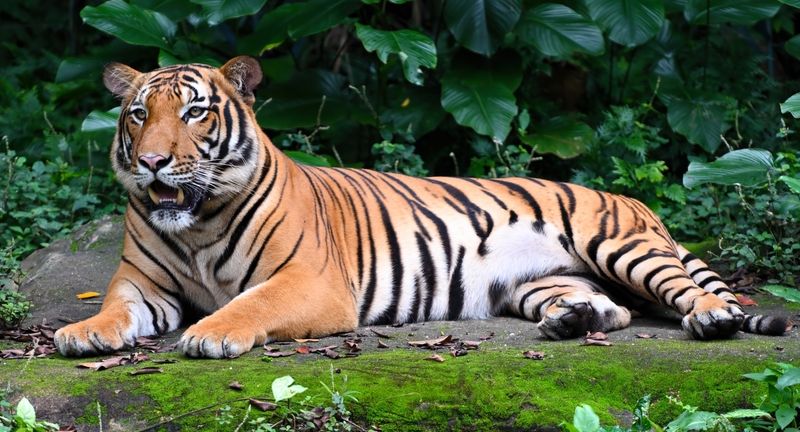
Shutterstock
The Malayan Tiger is found in Malaysia, with fewer than 200 individuals remaining. Habitat loss, poaching, and human-wildlife conflict are major threats to their survival. Conservation efforts focus on protecting their habitat and reducing poaching through increased law enforcement. Community-based conservation programs are also crucial to ensure their long-term survival.
Philippine Eagle
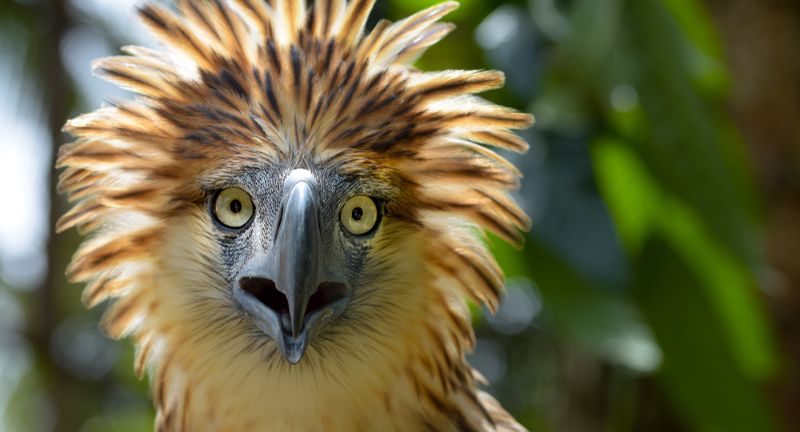
Shutterstock
The Philippine Eagle is native to the Philippines, with an estimated population of 400 pairs. Deforestation and habitat destruction are the main threats to their survival. These majestic birds are also at risk from hunting and accidental trapping. Conservation efforts include habitat protection, breeding programs, and public awareness campaigns to ensure their survival.
Black Rhino
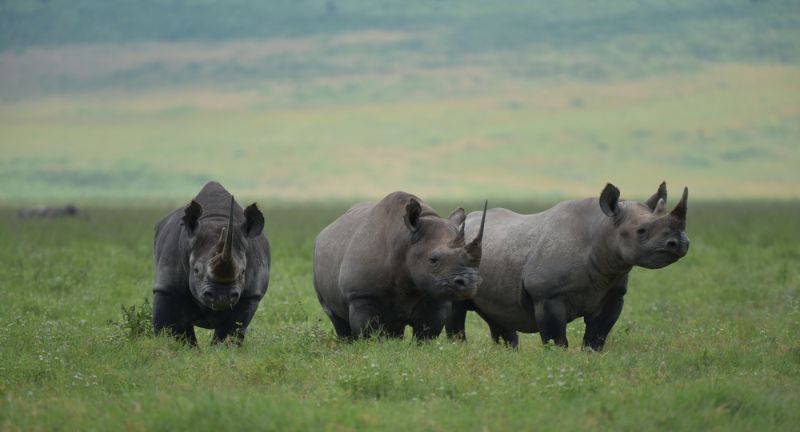
Shutterstock
The Black Rhino is found in Africa, with around 5,600 individuals remaining. Poaching for their horns has drastically reduced their population. Habitat loss and political instability also pose significant threats. Conservation efforts focus on anti-poaching measures, habitat protection, and translocation programs to help increase their numbers.
Western Lowland Gorilla
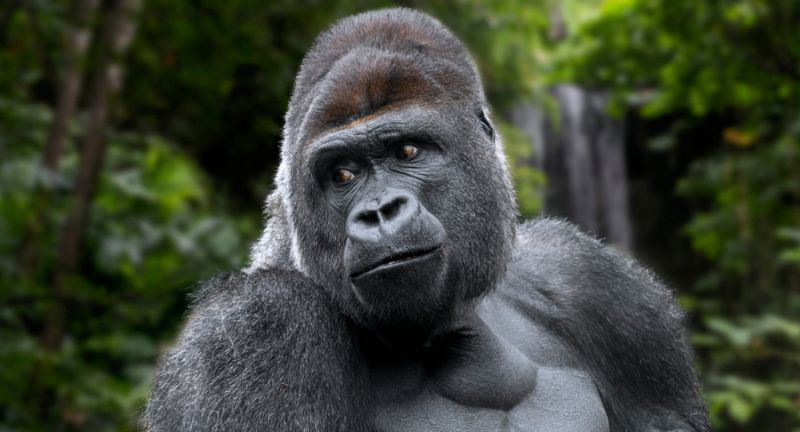
Shutterstock
The Western Lowland Gorilla is found in central Africa, with their numbers rapidly decreasing due to poaching and disease. Habitat destruction also poses a significant threat to their survival. Conservation efforts include anti-poaching patrols, habitat protection, and public education programs. International cooperation is essential to ensure the long-term survival of this critically endangered species.
Yangtze Finless Porpoise
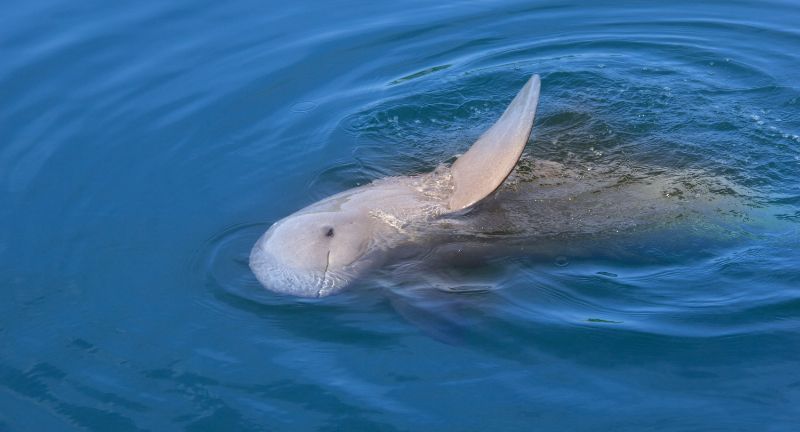
Shutterstock
The Yangtze Finless Porpoise is found in the Yangtze River, China, with around 1,000 individuals remaining. Pollution, habitat loss, and boat traffic are major threats to their survival. Conservation efforts focus on improving water quality, protecting critical habitats, and reducing human activities that harm the porpoises. Continued efforts are needed to prevent their extinction and ensure their long-term survival.
Kakapo
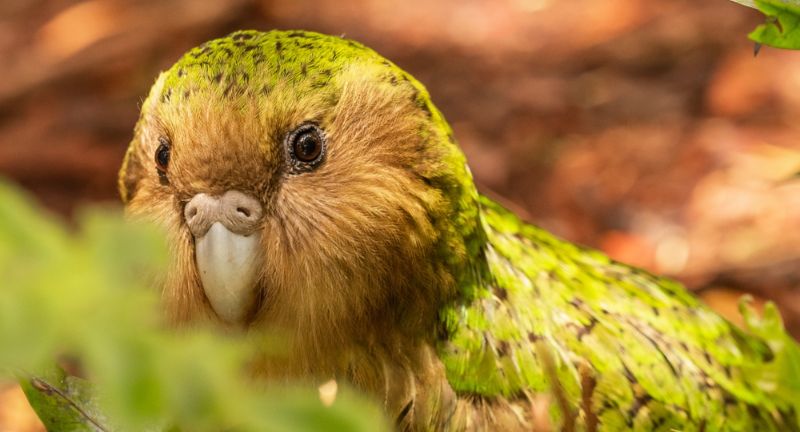
Shutterstock
The Kakapo is a flightless parrot found in New Zealand, with about 200 individuals remaining. Habitat destruction and introduced predators have severely impacted their population. Conservation efforts include predator control, habitat restoration, and a successful breeding program. These efforts have helped increase their numbers, but continued support is needed to ensure their survival.
Snow Leopard
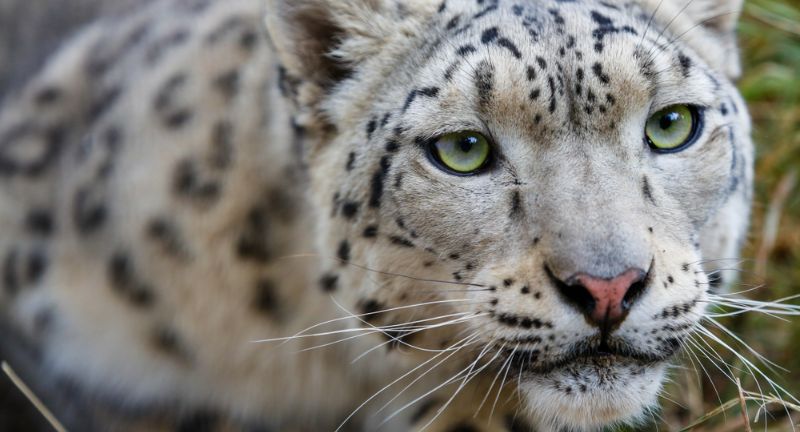
Shutterstock
The Snow Leopard is found in the mountain ranges of Central and South Asia, with fewer than 7,000 individuals remaining. Habitat loss, poaching, and human-wildlife conflict are major threats to their survival. Conservation efforts focus on protecting their habitat and reducing poaching through increased law enforcement. Community-based conservation programs are also crucial to ensure their long-term survival.
Blue Whale
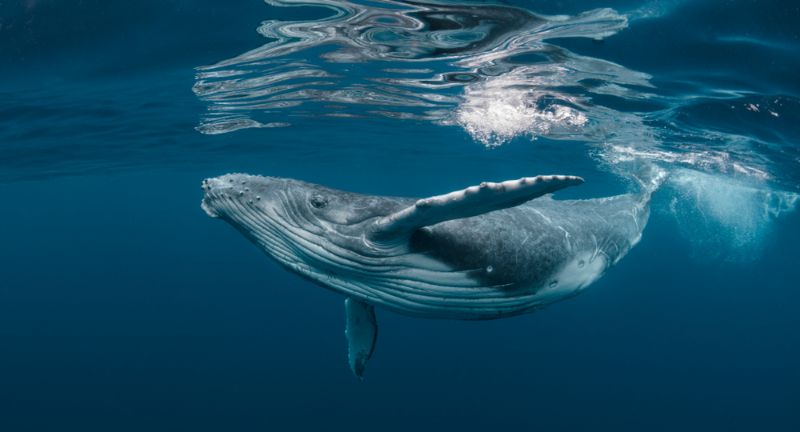
Shutterstock
The Blue Whale is the largest animal on Earth, found in oceans worldwide. Their population has been greatly reduced by whaling. Today, they face threats from ship strikes, entanglement in fishing gear, and climate change. Conservation efforts include protecting critical habitats, reducing ship strikes, and addressing climate change impacts to help their populations recover.
Green Turtle
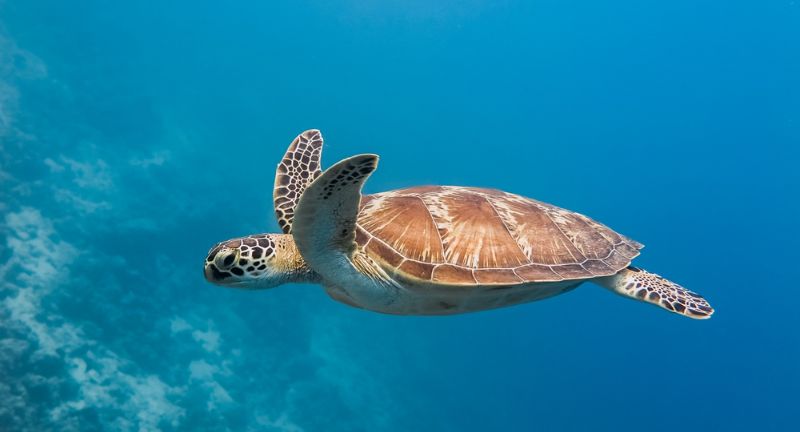
Shutterstock
The Green Turtle is found in tropical and subtropical seas around the world. Their populations are declining due to poaching, habitat loss, and climate change. Conservation efforts focus on protecting nesting sites, reducing illegal trade, and addressing climate change impacts. These efforts are crucial to ensure the long-term survival of this iconic marine species.
Conclusion
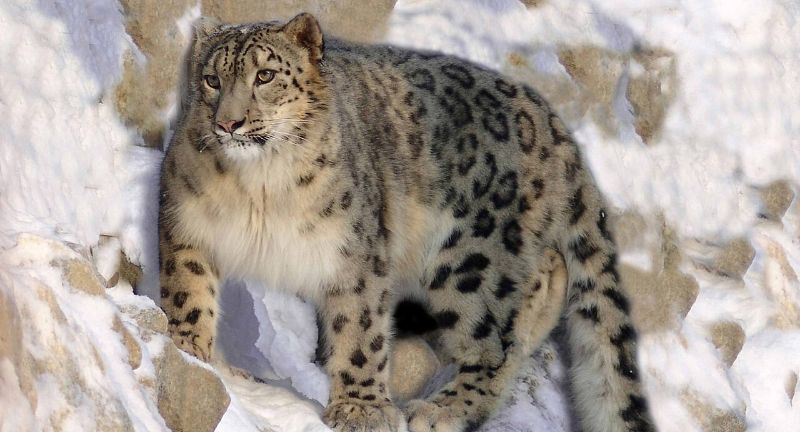
Shutterstock
The survival of these endangered animals depends on our collective efforts to address the threats they face. Conservation initiatives, habitat protection, and stricter enforcement of anti-poaching laws are critical to prevent their extinction. Each species plays a vital role in maintaining the balance of our ecosystems, and their loss would have profound impacts on the environment. By raising awareness and supporting conservation efforts, we can help ensure that these magnificent creatures continue to thrive for generations to come. It is imperative that we act now to preserve the rich biodiversity of our planet.
More Amazing Animals+
-


Mr. Butts the Pug Attempts to Skateboard
-


27 Animals That Mate For Life
-


Why Giraffes Are Actually So Scary
-


25 Reasons Sharks Are Something To Be Worried About
-


Fur Real: 25 Animals with Nature’s Thickest Coats
-


Humpback whale breaching in Newfoundland, Canada
-


25 Birds That Migrate For Winter
-


18 Cool Facts About Reindeer That Go Beyond Santa’s Sleigh!
-


30 Smartest Animals In The World
-
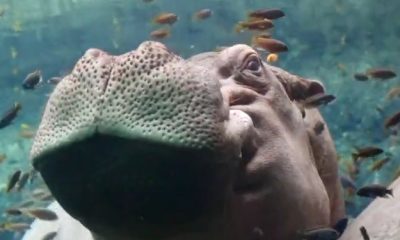

Timothys up early for his morning spa appointment!
-


30 Most Venomous Animals In The World
-


21 Animals That Are Considered Stone Cold Killers
